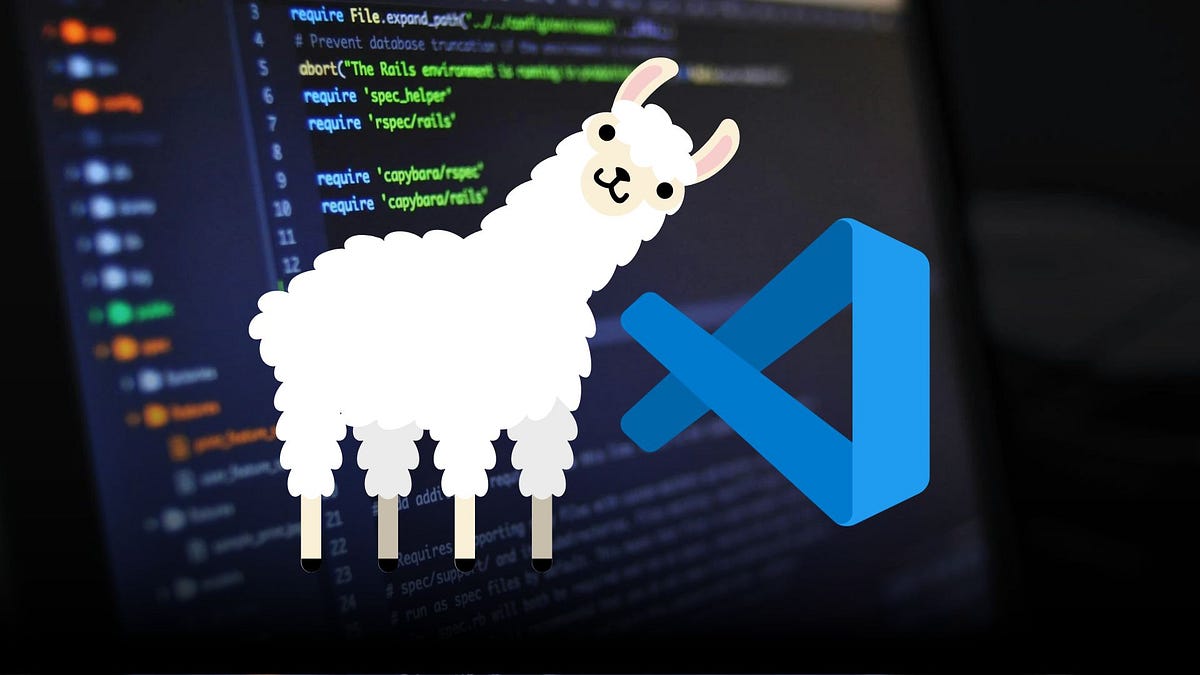How to Set Up and Run the Llama 3 Language Model Locally in Visual Studio Code
Core Concepts
The Llama 3 language model, recently released by Meta, can be run locally on your own machine using Visual Studio Code.
Abstract
The article provides a step-by-step guide on how to set up and run the Llama 3 language model locally using Visual Studio Code. It starts by explaining that Llama 3 is the most capable open-source language model released by Meta.
The author acknowledges that running an 8 billion parameter AI model on a laptop might seem daunting, but assures readers that the process can be made accessible even for non-tech-savvy individuals.
The guide covers the following key steps:
Downloading the Llama 3 model weights
Setting up the development environment in Visual Studio Code
Installing the necessary dependencies and libraries
Running the Llama 3 model locally and interacting with it through the Visual Studio Code interface
The author provides clear and detailed instructions for each step, making the process straightforward and easy to follow. The guide aims to empower readers to leverage the power of the Llama 3 language model on their own machines, even without extensive technical expertise.
How To Run Llama 3 In Visual Studio Code With CodeGPT
Stats
The Llama 3 language model has 8 billion parameters.
Quotes
None
Key Insights Distilled From
by Jim Clyde Mo... at generativeai.pub 04-21-2024
https://generativeai.pub/how-to-run-llama-3-in-visual-studio-code-with-codegpt-18cb105cf9d5
Deeper Inquiries
How can the Llama 3 model be further optimized or fine-tuned for specific use cases?
To optimize the Llama 3 model for specific use cases, fine-tuning is essential. Fine-tuning involves training the model on a specific dataset related to the target task, allowing it to adapt and specialize in that particular domain. This process helps improve the model's performance and accuracy for the specific use case. Additionally, adjusting hyperparameters, such as learning rate, batch size, and optimizer settings, can further enhance the model's performance for the intended task. Regular evaluation and validation on relevant data are crucial to ensure the optimized model meets the desired requirements.
What are the potential limitations or ethical considerations when running large language models like Llama 3 locally?
When running large language models like Llama 3 locally, several limitations and ethical considerations need to be taken into account. One limitation is the computational resources required to run such models, as they can be resource-intensive and may require high-end hardware to achieve optimal performance. Additionally, the storage capacity needed to store the model weights and related data can be substantial. Ethically, concerns arise regarding data privacy and security when working with sensitive information, as well as the potential for bias in the model's outputs based on the training data used. Transparency in model development, data sources, and potential biases is crucial to address ethical considerations when deploying large language models.
How does the performance and capabilities of Llama 3 compare to other open-source or commercial language models?
In comparison to other open-source or commercial language models, Llama 3 stands out for its impressive performance and capabilities. With 8 billion parameters, Llama 3 offers a high level of complexity and sophistication, enabling it to generate high-quality text and perform well on various natural language processing tasks. Its open-source nature allows for transparency, flexibility, and community collaboration in further developing and enhancing the model. While commercial language models may offer additional features or support, Llama 3's open-access approach provides opportunities for researchers and developers to explore and innovate with the model freely. Overall, Llama 3's performance and capabilities position it as a competitive option in the landscape of language models.
0
